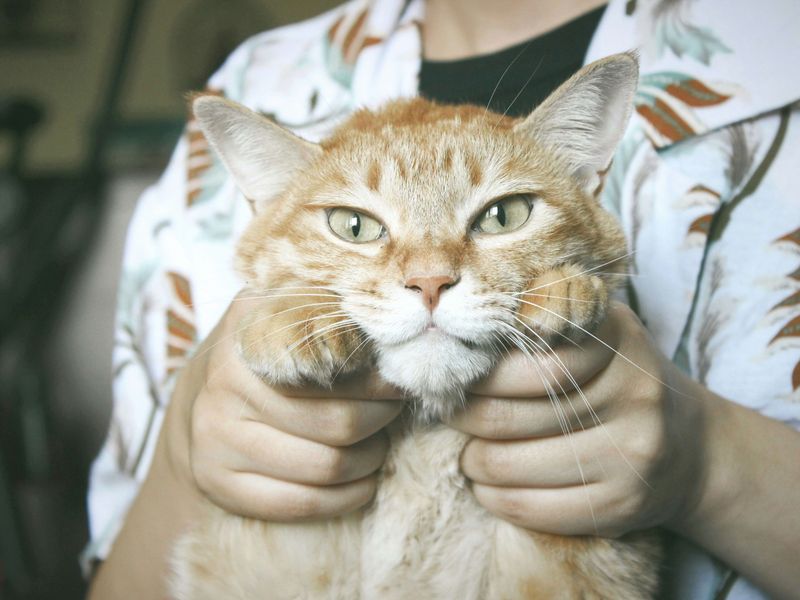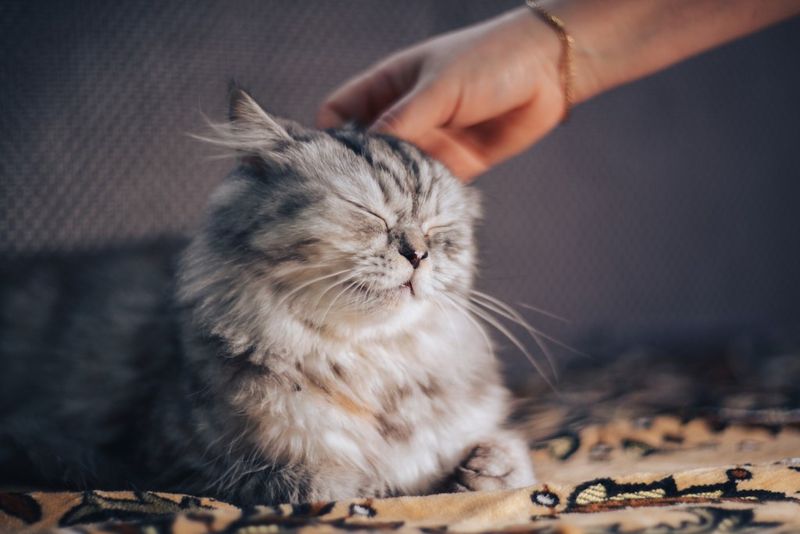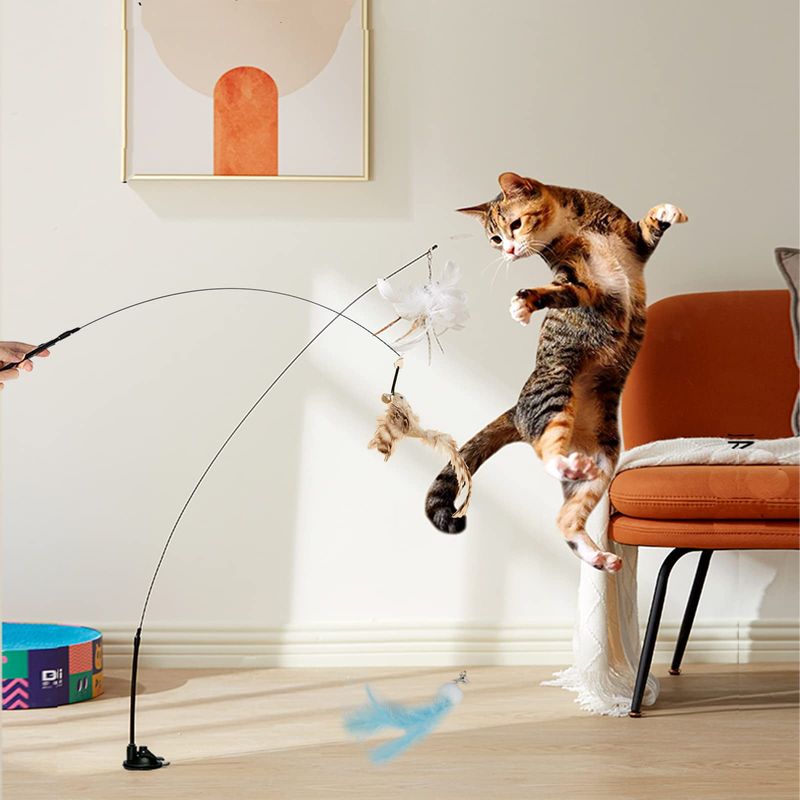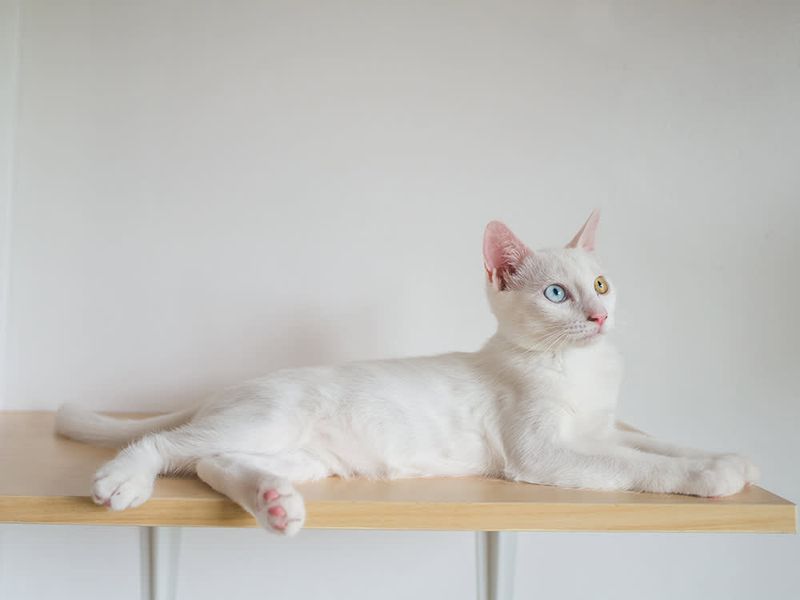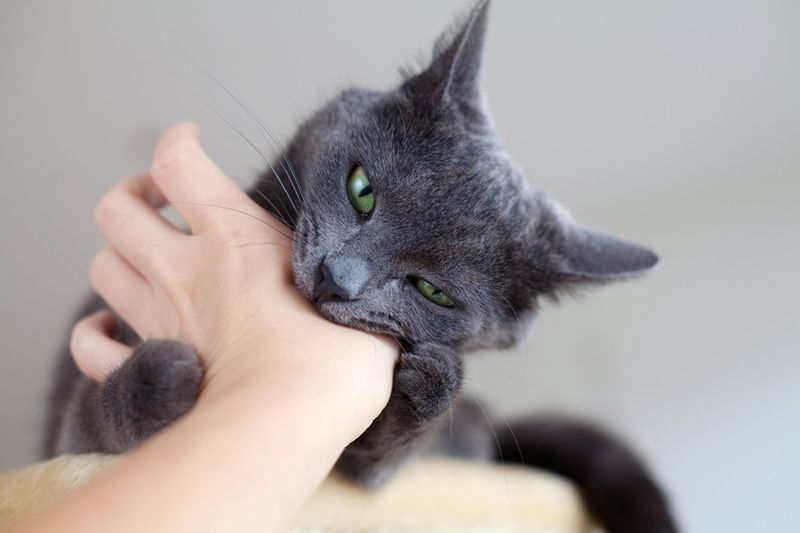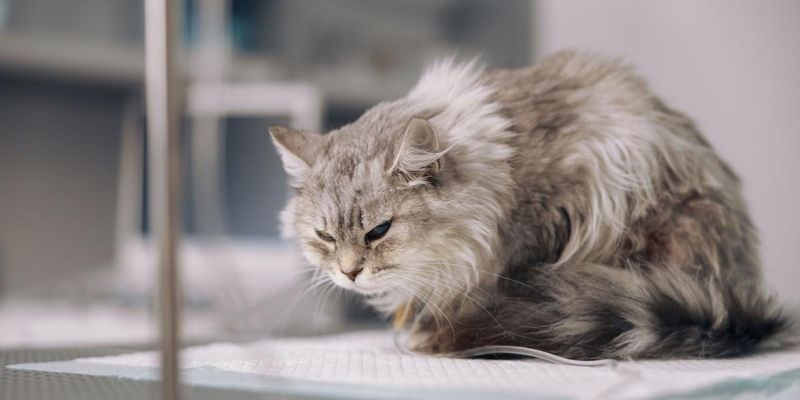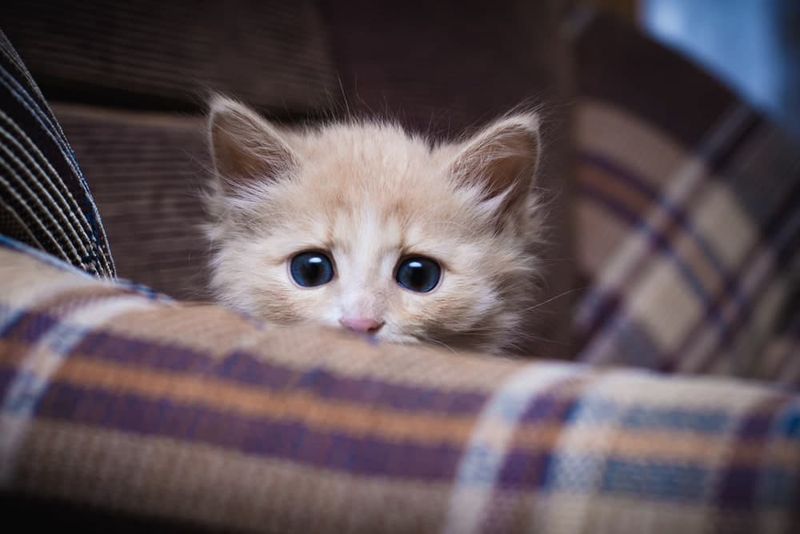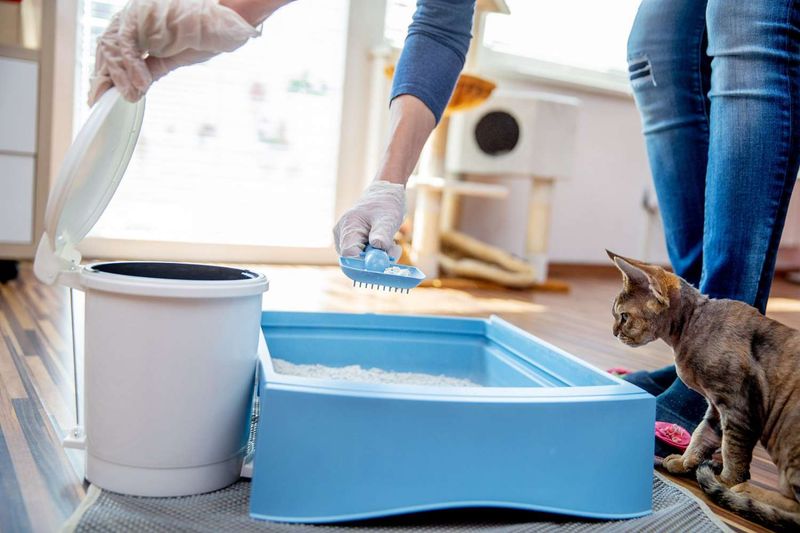📖 Table of Content:
If you’ve ever found yourself wondering whether your cat truly loves you, you’re not alone. Cats are notoriously mysterious creatures, and unlike dogs, they don’t wear their hearts on their furry sleeves. But feline affection is real—and when you know what to look for and how to earn it, the bond can be deep, loyal, and surprisingly emotional.
Understanding how to nurture a cat’s love requires a different approach than with more openly affectionate pets. It’s not about constant cuddling or high-energy attention. In fact, winning a cat’s heart usually starts with quiet respect and a deep appreciation of their unique preferences and boundaries. Once you “speak their language,” cats are more than capable of reciprocating love in their own gentle (and sometimes quirky) ways.
In this guide, you’ll learn four powerful ways to build that trust and affection—and four habits that can quietly unravel it. If you’re looking to be your cat’s favorite human, or just avoid being the one they silently judge from the top of the fridge, this is your blueprint. Let’s explore what melts your cat’s heart—and what might be breaking it without you even realizing.
1. Let Them Come to You
Many cat lovers make the mistake of assuming affection must be pursued rather than invited. By giving your cat the freedom to approach you on their terms, you demonstrate trust and patience. This creates a safer emotional environment where they feel in control, which is critical for forming a bond. Often, sitting quietly with your hands in your lap or reading a book can be enough to intrigue them into initiating contact. Over time, this passive presence becomes a comfort to them, and they’ll associate you with calmness and security. Once your cat begins to nuzzle, headbutt, or sit beside you, you’ll know the connection is genuine. Letting them choose love makes that love even stronger.
2. Slow Blinks & Soft Eye Contact
Few gestures speak to a cat’s heart like the “slow blink.” Instead of staring—which can feel threatening to them—this soft, gradual closing and reopening of the eyes mimics the way cats show affection to each other. Try this when your cat is resting or lounging near you, making sure your body language is relaxed and non-threatening. After a few moments, they might return the slow blink, which is a strong signal of trust and mutual affection. This little ritual, repeated over time, becomes a nonverbal conversation rooted in safety and love. It’s one of the simplest, yet most effective ways to let your cat know you care. Without saying a word, your eyes become a bridge between two species.
3. Play With Them Regularly
Playing isn’t just about exercise—it’s how cats simulate the hunt, practice control, and build relationships. Using toys like feather wands or laser pointers, you can help your cat release pent-up energy and keep their instincts sharp. More importantly, regular play sessions show that you’re engaged with their world, not just cohabiting with them. Incorporating just 10 to 15 minutes a day can significantly reduce stress and destructive behavior. Each session builds positive associations with your presence, making you a source of fun and fulfillment. The more your cat sees you as part of their interactive environment, the more they’ll crave your attention. And yes, the post-play cuddles are a sweet bonus.
4. Give Them High Perches & Cozy Spaces
Cats love elevation because it gives them both a sense of security and control. Whether it’s a tall cat tree, a floating shelf, or even just the top of a bookshelf, having the option to perch high is deeply comforting. Alongside vertical spaces, providing soft, quiet hideouts like boxes, heated beds, or window seats taps into their natural need for solitude. By designing a home environment with these elements, you’re speaking your cat’s love language without saying a word. The beauty of it is that these adjustments are simple but profoundly appreciated. Over time, your cat will associate your presence with comfort, safety, and thoughtful care. A well-placed perch or plush spot becomes more than a convenience—it becomes a love note in architectural form.
1. Forced Cuddles or Petting
Nothing tests a cat’s patience faster than being held or pet when they’re not in the mood. While some cats tolerate it, most prefer affection on their own terms. Forcing them into snuggles or constantly reaching for them can lead to stress, tail flicking, or even avoidance over time. Instead of bonding, these moments often trigger discomfort and the need to escape. Observing their cues—like walking away, ears flattening, or tense bodies—can help prevent overstepping. Cats that feel they have no agency over their own bodies may become withdrawn or distant. Respect, not restraint, is the foundation of feline affection.
2. Ignoring Their Body Language
Communication is key in any relationship—and with cats, it’s nearly all nonverbal. When you overlook or misread their signals, you risk damaging the trust they’ve built with you. For example, petting a cat whose tail is twitching or who’s crouching can quickly escalate into scratches or bites. Learning to spot signs of discomfort—like dilated pupils, flat ears, or sudden stillness—is essential. These signals are not random; they’re your cat’s way of saying “not right now.” Tuning into their emotional state builds confidence and deepens mutual understanding. When you respond appropriately, you validate their feelings in a language they understand.
3. Loud Noises or Sudden Movements
Loud voices, blaring music, or even quick arm flails can be incredibly unsettling to a cat. Their hearing is more sensitive than ours, and their instinct is to run and hide from anything unpredictable. What feels like normal activity to you might feel like chaos to them. Household members who shout frequently, slam doors, or move erratically can become a source of low-level stress. Over time, this stress can lead to chronic hiding, skittishness, or even illness. Offering a calm, consistent presence helps counterbalance the unpredictability of daily life. Stability and quiet are the unsung heroes of feline happiness.
4. Dirty Litter Boxes
Cats are fastidious animals who expect their personal bathroom to be clean and well-maintained. A dirty litter box not only offends their delicate senses but may also cause them to avoid using it entirely. Unpleasant odors, lack of scooping, or too many boxes in one location can lead to anxiety or territorial issues. Neglecting litter hygiene tells your cat that their needs aren’t being respected. In multi-cat households, the issue compounds and can escalate into full-blown behavioral problems. Staying on top of cleaning is an easy yet powerful way to show your cat they matter. A clean box equals a happy, healthy kitty—and a much cleaner home.

